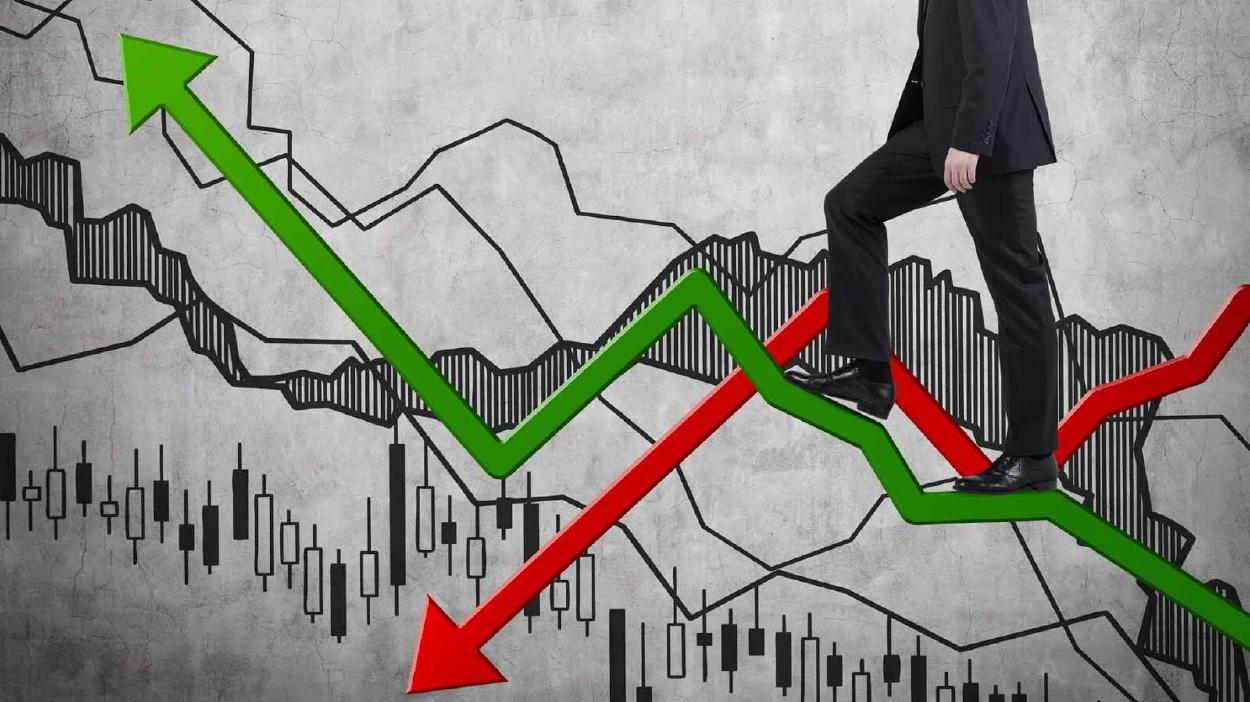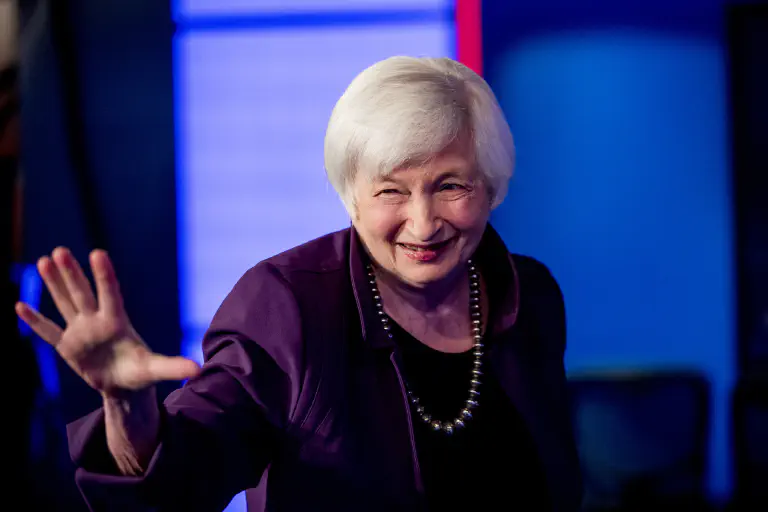
Despite what some people will tell you, the recent sell-off in the stock market was not a result of rising bond yields (as I said before rising bond yields are more likely to have delayed the sell-off).
Yes, bond yields now are more volatile, and so are stocks; and yes, money moving between the two and from the sidelines has an impact on that volatility; but, there are two stronger theories, in my opinion, explaining the sell-off now.
The first is the money supply theory, which I have written about at length.
The second is the late-cycle theory.
The money supply theory states more or less that stocks are over-priced, because over time central banks have created more and more money to chase them. When the excess money is contracted, or leaves stocks and chases goods in other markets, stocks fall.
Late-cycle theory says, in the later stages of the business cycle capacity constraints push prices of inputs causing central banks to raise rates, which lowers net present values so that stocks fall.
While a money supply theory can hold in any stage of an economic cycle, the late-cycle theory depends on constraints in labour and capital goods.
Still, these two theories have at their intersection money supply contraction.
The one says too much money chasing too few goods pushes prices so that money must be restrained, while the other says output against limited capacity pushes prices...so that money must be restrained.
As we might expect, the market is now sensitive to any signs that money must be restrained, whether the cause is a capacity constraint or an over-sized money supply.
Last weeks sell-off, for example, is by most analysts now attributed to wage improvements--a sign of capacity constraints.
It follows, then, that Wednesday's inflation numbers, that will give some indication of money supply in goods markets, will be important to the market movements that follow.
On this note, as far as I know, January's headline and core inflation are both expected to fall--from %2.1 - %1.9 and %1.8 - %1.7, respectively.
If those numbers instead move up, all else equal, expect markets to fall further.
Why all else equal?
As always there are known (and unknown) caveats.
First, there is still a lot of money in cash that can enter and slow, or reverse, falling markets. Some fund managers are calling for a much bigger sell-off later in the year (but not now), while others are calling the sell-off 'small potatoes' and changing their 2018 rate rise frequency expectations from 3 to 4.
Second, there has been some indication from dealers the sell-off has not been panicky enough to be at bottom.
Either way, if the market sells-off more now or sells-off more later, two things are certain:
1) the U.S. economy is at some point of the later stage of the economic cycle, and 2) markets are now pricing in much higher inflation expectations.














